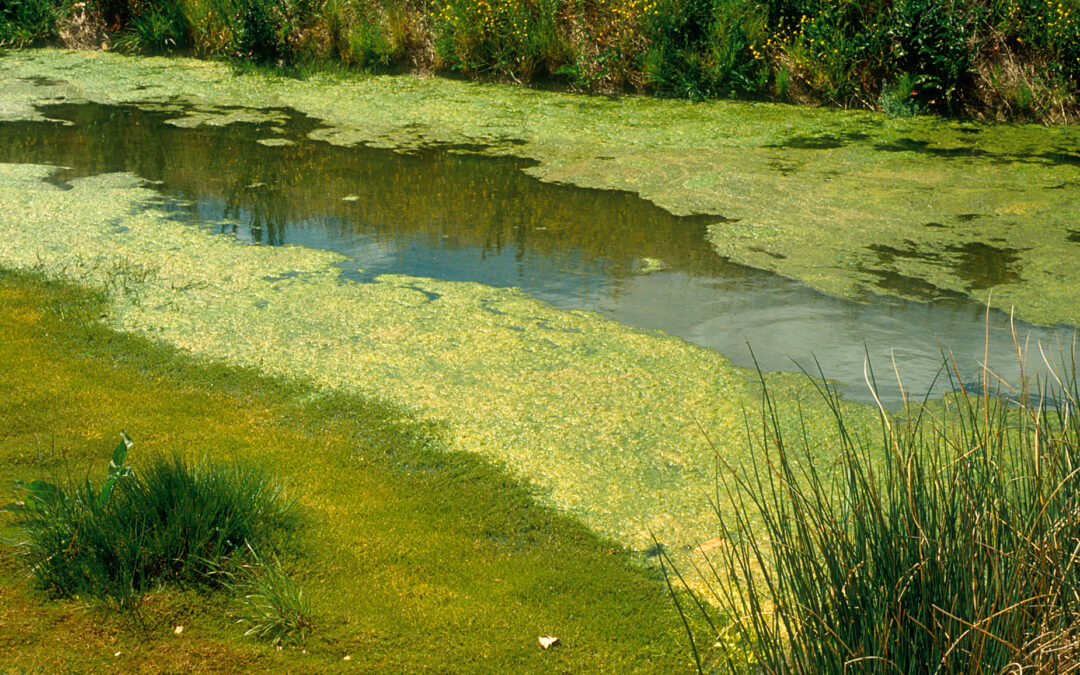When we think of green entities residing in water, the mind might naturally wander to mythical creatures like the Loch Ness Monster. However, the real inhabitants we are referring to are algae! Algae is a diverse group of organisms that play a vital role in aquatic ecosystems. In this blog post, we’ll explore the world of algae, shedding light on their different colors and their significance in water environments.
What is Algae?
Algae are simple, photosynthetic organisms that can be found in various aquatic habitats, ranging from freshwater lakes and rivers to marine environments. They are unique because they do not have roots, stems, or leaves like traditional plants. Instead, they often exist as single-celled organisms or form colonies of interconnected cells.
Colors of Algae:
While most people associate algae with green coloration, there’s more to this fascinating group than meets the eye. Algae can take on different hues depending on the species, and here are some prominent examples:
Red Algae (Rhodophyta):
Red algae, also known as Rhodophyta, are distinctive species found in both marine and freshwater ecosystems. Their striking red color is due to the presence of pigments called phycoerythrins, which allow them to absorb blue light for photosynthesis. Red algae are often seen covering rocks or other submerged surfaces, adding a vibrant touch to the underwater scenery.
Green Algae:
Green algae, consisting of various species such as Spirogyra, Ulothrix, and Volvox, are perhaps the most familiar type of algae. As the name suggests, they exhibit green coloration, which results from the abundance of chlorophyll, the pigment responsible for photosynthesis in plants and algae. Green algae play a crucial ecological role as primary producers, harnessing sunlight to convert carbon dioxide and water into organic compounds, ultimately supporting the entire food chain in water ecosystems.
Blue-Green Algae (Cyanobacteria):
Despite the name, blue-green algae, scientifically known as Cyanobacteria, are not true algae. These microscopic organisms are actually bacteria capable of photosynthesis. They thrive in moist or aquatic environments, often forming visible blooms on the water surface. Some species of blue-green algae produce harmful toxins, which can pose risks to aquatic life and human health when concentrations become excessive.
The Importance of Algae:
Algae, regardless of their color, hold significant ecological importance in water ecosystems. They serve as primary producers, producing oxygen and serving as a vital food source for various aquatic organisms. Algae are also involved in nutrient cycling, helping to maintain the delicate balance of elements within aquatic environments.
Algal Blooms and Management:
Under certain conditions, algae can experience rapid and excessive growth, resulting in what is known as algal blooms. These blooms can lead to water discoloration and have potential ecological consequences, such as oxygen depletion and harm to aquatic life. Algal blooms are often linked to factors like high nutrient levels (eutrophication), warm temperatures, and still water conditions.
While algae itself is generally harmless, managing algal blooms is essential to preserve the health of water ecosystems. Manual removal can be an option, but in more severe cases, seeking expert assistance is recommended to identify the specific type of algae and implement appropriate treatment methods.
Conclusion:
Algae are remarkable organisms that add diversity and ecological significance to water environments. From the red hues of Rhodophyta to the green shades of Spirogyra and the misnamed blue-green Cyanobacteria, each type of algae plays a crucial role in the delicate balance of aquatic ecosystems. Understanding algae and their different colors allows us to appreciate their contributions and underscores the importance of maintaining healthy water habitats for the benefit of all living beings.


Recent Comments